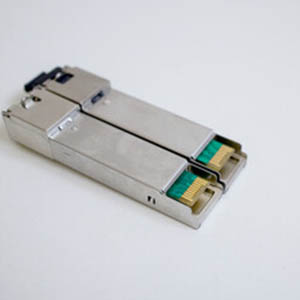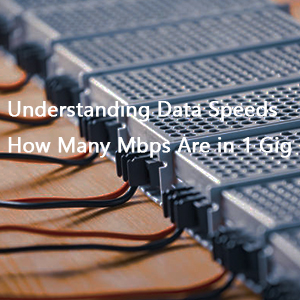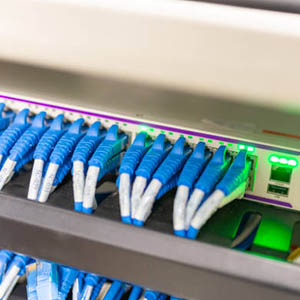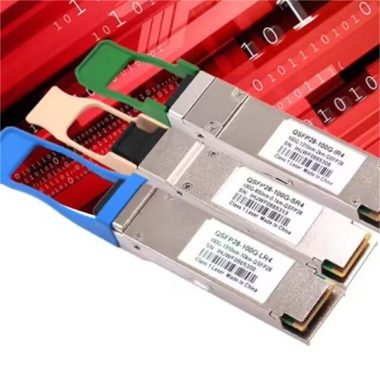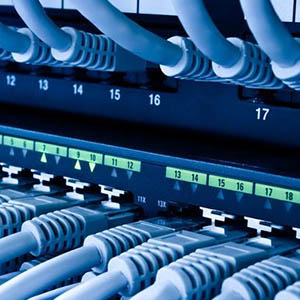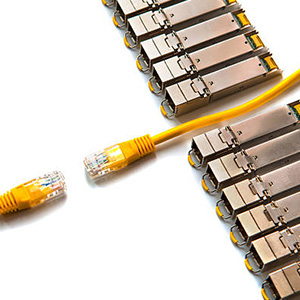The surge in data traffic has made high-speed connectivity more essential than ever before. Modules with capacities of 100G, 200G, 400G, and 800G Modules are at the forefront of meeting these diverse networking demands. Let’s explore the features, benefits, and applications of these modules to grasp their significance in contemporary networks.
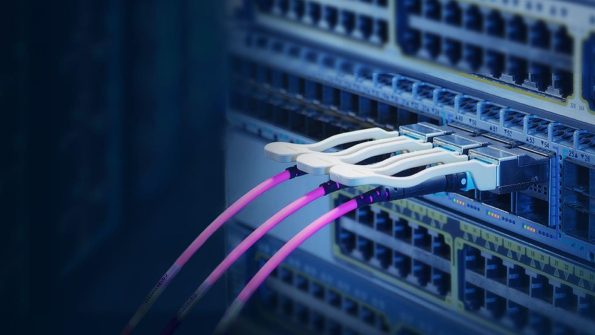
Understanding 100G Modules
The 100G QSFP28 module is engineered for superior network performance, delivering four channels of 25 Gbps each. This module is perfectly suited for data centers and bandwidth-intensive applications, facilitating smooth data transmission over extended distances. Its compact design and energy efficiency have made it a favored option for businesses aiming to bolster their network infrastructure.
Key Features of 100G QSFP28
- Data Rate: 100 Gbps
- Channels: 4 x 25 Gbps
- Ideal Applications: Data centers, high-performance computing
Advancing to 200G Modules
The 200G QSFP-DD module is a significant leap forward, doubling the capacity of its predecessor with support for 8 channels of 25 Gbps. It is ideal for environments with escalating bandwidth requirements. The 200G QSFP56 module, with its enhanced design, offers flexibility and ensures robust performance in high-density scenarios.
Advantages of 200G Modules
- Data Rate: 200 Gbps
- Channels: 8 x 25 Gbps
- Ideal for: Data centers demanding high throughput
The Impact of 400G Modules
For those seeking ultra-high-speed connectivity, the 400G QSFP-DD module is a standout choice. Capable of managing 400 Gbps of data, it is ideal for core network applications. This module is particularly advantageous in scenarios requiring substantial data transfers, such as cloud services and extensive enterprise networks.
Highlights of 400G QSFP-DD
- Data Rate: 400 Gbps
- Channels: 16 x 25 Gbps
- Applications: Core networks, cloud data centers
Innovating with 800G Technology
The latest addition, the 800G QSFP-DD/OSFP, pushes the envelope even further. With its exceptional speed and efficiency, this module is designed for the next generation of networking, catering to applications that require the utmost bandwidth. The shift to 800G will be pivotal in preparing data centers for the future.
Features of 800G Modules
- Data Rate: 800 Gbps
- Channels: 8 x 100 Gbps
- Target Applications: High-capacity data centers, advanced networking infrastructures
Conclusion
In conclusion, the progression from 100G to 200G, 400G, and 800G modules reflects the continuous evolution of fiber optic technology. Each module type offers unique advantages tailored to specific networking needs, ranging from basic connectivity to ultra-high-speed applications. By understanding these modules, organizations can make informed decisions to optimize their network performance, ensuring they are prepared for the future of data communication.

